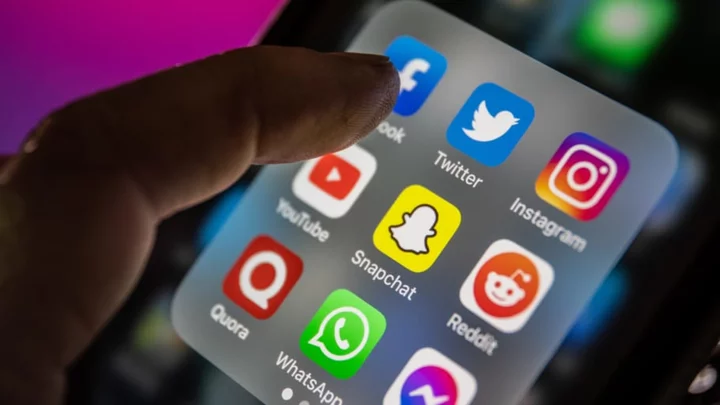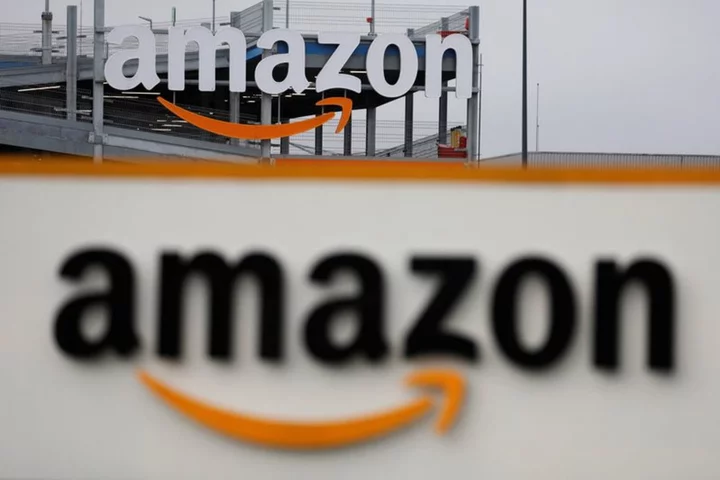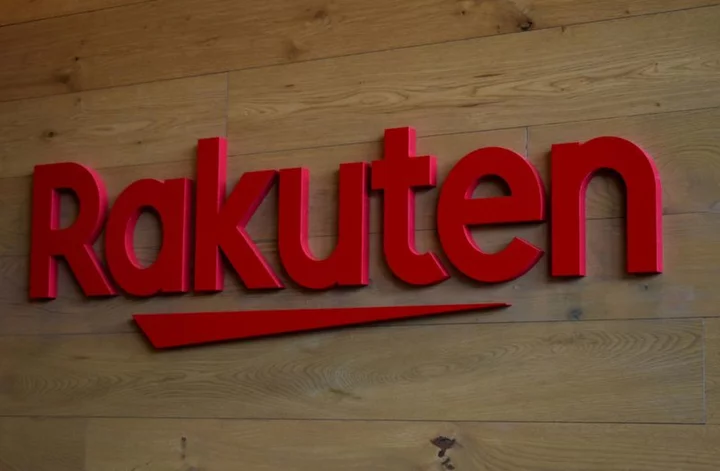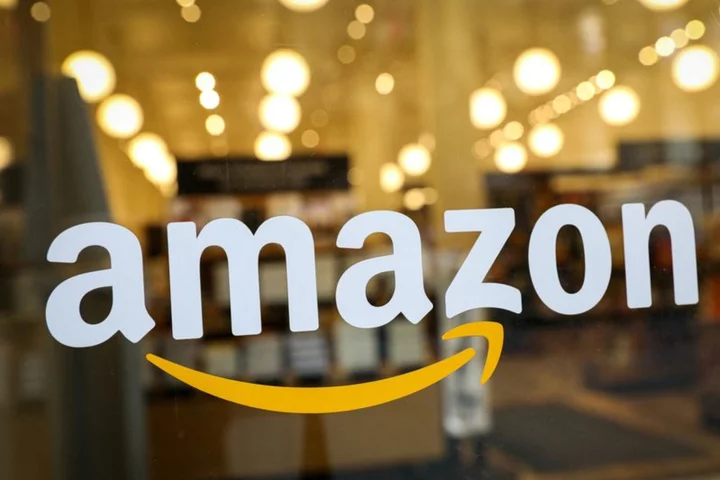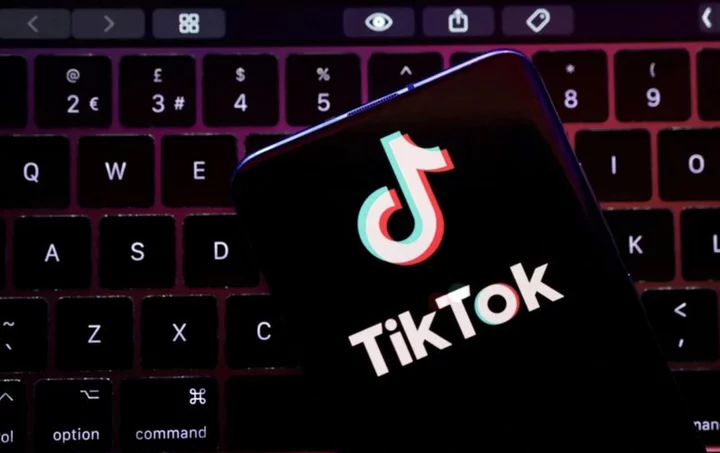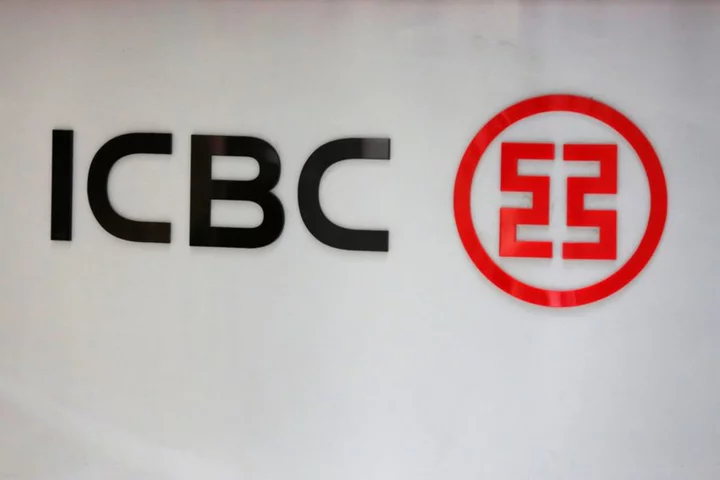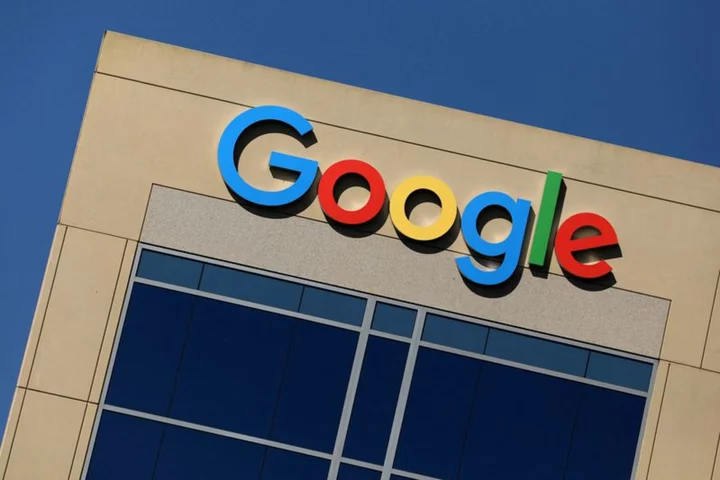While platforms like TikTok, X (formerly known as Twitter), and Instagram dominate the social media landscape today, that wasn’t always the case. In fact, dozens of other social networks have emerged over the last 20 years, some of which seemed to poised to last forever ... until they didn’t.
For every Facebook and TikTok, there’s a Friendster and a Vine. We all probably joined some (if not all) of these websites and witnessed their meteoric rise and respective falls from grace. So why did some succeed while other once-popular social media platforms failed? Here are 11 now-defunct networks that you might have forgotten about, plus why they failed to gain traction with users.
1. Orkut
Google has been trying to launch their own social network for years. In January 2004, the tech company made a big attempt with Orkut, a platform where users could meet and message friends online. (It took its name from its creator, Orkut Büyükkökten, who worked at Google at the time.)
Although it was very popular in Brazil, Orkut ultimately never quite took off within the U.S. (likely due to Myspace, which officially debuted in August 2003, and later Facebook). Also, there were concerns about security and content moderation, and Google eventually discontinued it in 2014.
2. Google Buzz
The internet company took yet another stab at social media in 2010 with Google Buzz, which was a microblogging and messaging tool that lived inside of Gmail.
Users could start a “Buzz” to share links, photos, and videos, as well as create status messages. The network, which tech journalists once called the “Twitter Killer,” was designed to bridge the gap between work and play. In late 2011, nearly two years after its launch, Google shut down Google Buzz altogether due to lack of enthusiasm from users, and in order to focus on their next attempt at a major social media platform.
3. Google+
After the decline of Orkut and Google Buzz, the company launched Google+ in June 2011. The platform allowed users to share photos and status updates with different types of friend groups (dubbed “Circles”) and do video chats (called “Hangouts”). It also integrated with other Google products, including Google Drive, Blogger, and YouTube. However, users quickly came and went because it was a confusing and clunky online experience; there were also fears about data security and the tech company discontinued Google+ in early 2019.
4. Friendster
Founded in 2002, Friendster was one of the very first social networks that gained massive popularity. The platform allowed users to create profiles and connect with friends and loved ones, and got its name as a portmanteau of the words friend and Napster, the infamous peer-to-peer, music-file sharing application from the late ‘90s and early 2000s.
With more than 3 million active users just six months after its launch, Friendster enjoyed a meteoric rise in popularity. But the site was also plagued by issues. According to Friendster founder Jonathan Abrams, the main problem was that “Friendster was having a lot of technology problems.” In particular, he noted that people “could barely log into the website for two years” and that contributed to its eventual loss of market share. Also, it was one of the big reasons why users eventually left it for something that was new and better at the time: Myspace.
Despite its decline in the United States by the late 2000s, Friendster remained popular overseas in countries like the Philippines, Malaysia, Indonesia, Thailand, and Singapore. In 2009, it was sold to MOL Global, one of Asia’s biggest Internet providers, and hit its peak of more than 115 million users (most of whom were from Asia). Over the next few years, Friendster experienced low user and community engagement, and ultimately shut down in 2015.
5. Ping
Did you know that Apple once started their own social network just for music? Known as iTunes Ping (or just Ping), it launched in September 2010 and was released as part of iTunes 10. “It’s like Facebook and Twitter meets iTunes,” Steve Jobs said at the time.
The service gave users a chance to share and discover music in new ways, while also connecting with friends. They could even follow their favorite musicians for new songs, tour dates, and more. Although its popularity rapidly spiked (more than 1 million used signed up within just 48 hours of its release), Ping struggled with fake accounts and spam, and Apple quietly discontinued the platform in 2012.
6. FriendFeed
If you were looking for a real-time aggregator back in 2007 that pulled in videos, photos, news, music, and more from various other social networks and websites, FriendFeed would have been your go-to. It was essentially a one-stop shop for just about everything happening online, producing one long feed of all your favorite websites.
It got acquired by Facebook back in 2009 for an estimated $50 million, which included $15 million in cash and roughly $32.5 million worth of Facebook stock. However, Facebook shut down the platform in 2015, citing declining usership. “We’ve been maintaining the service for the last five years, but usage has been declining steadily and the community is now just a fraction of what it once was. Given this, we’ve decided that it’s time to start winding things down,” the company said in a statement.
7. Vine
Vine debuted in January 2013 with a simple but effective mission: to allow users to create and upload short, six-second videos and share them with friends. A few months before its launch in early 2013, Twitter acquired it for a reported $30 million and it rapidly became a sensation, serving as a launchpad for internet stars like Shawn Mendes, Jake Paul, and Brittany Furlan.
Despite having approximately 200 million active users at one point, the social network failed because of increased competition from other video-sharing apps like Instagram and Snapchat. As a whole, it couldn’t find ways to effectively monetize those short-form videos. (It’s difficult to include ads and sponsored content in a six-second video loop.)
In January 2017, Twitter shut down Vine altogether, but created an online archive where users could find every Vine video ever made (however, as of 2019, the archive was discontinued as well). After Elon Musk acquired Twitter in 2022, he teased that he could reboot Vine in the future, but as of yet, no official announcement has been made.
8. Periscope
Despite a rival live-streaming app called Meerkat coming out a few weeks earlier in early 2015, Periscope surpassed 10 million users due to its simple interface and controls, as well as its easy-to-use and secure app.
Periscope was actually acquired by Twitter in January 2015—well before its official launch and for an undisclosed sum (although reports estimated it was between $75 to $120 million)—with the intention of incorporating it into the Twitter platform. Periscope was so popular that Apple dubbed it “iPhone App of the Year” at the end of 2015.
However, with Facebook and Instagram adding mobile live-streaming features to their apps, Periscope’s popularity soon waned. In addition, its rising costs led Twitter to end the service altogether in March 2021.
9. Path
In 2010, Path launched for iPhone and Android smartphones. The app-only service allowed users to share photos, their locations, and to create a personal journal that only their “Inner Circle”—meaning a small group of friends and family—could access.
Path’s aim was to be a more intimate social network, and so much so that it capped followers to 50 per user to keep circles more personal and inclusive. Why only 50? The number was picked based on findings from anthropologist Robin Dunbar, who suggested that the human brain can only sustain a limited amount of social relationships (i.e., between 40 and 60 close friends and family).
However, the network quickly stagnated because not enough people were sharing the app. In 2012, Path raised the number of followers from 50 to 150 and then eventually went unlimited to boost signups. At its peak, the network reached 50 million global users.
Unfortunately, it wasn’t enough. The company faced criticism in 2012 when it admitted that users’ entire address books were uploaded to its central servers (without said users being notified). Path was forced to pay an $800,000 FTC fine as a result. Between the privacy concerns and the rise of competitor platforms like Instagram and Twitter, Path ultimately folded and the app was removed from the Apple App Store and Google Play Store in 2018.
10. Yik Yak
Yik Yak was a social media messaging app that launched in 2013. What separated it from other messaging apps was anonymity: Users could post anonymously and would only see messages posted from others within a five-mile radius, giving the app a hyper-local feel. Similar to Reddit, users could also vote for their favorite posted messages, with the most popular rising to the top. This made Yik Yak very popular on college campuses as a way to chat and connect with others.
However, within two years of its launch, the app started to decline. Unlike Reddit, Yik Yak didn’t have content moderators, so messages weren’t subject to any kind of review. It led to a lot of cyberbullying and hate speech and strongly contributed to the app’s eventual decline. In fact, because it had so much controversial content, some schools even blocked the app on campus Wi-Fi networks altogether. In response, Yik Yak began to require users to create handles for the app in 2016, which defeated its own purpose.
The app was officially shuttered in 2017, but it was subsequently acquired by Square, Inc. (now known as Block, Inc.) for $1 million, for its intellectual properties and engineers. Although Yik Yak made a surprise return in 2021 with a new app that supposedly emphasized user safety (and had more stringent community guidelines), it stopped being available for Android users in March 2023, leading some to speculate that the messaging app might be on the way out yet again.
11. Yahoo! 360°
Not many people remember that Yahoo! once had their own social network. Known as Yahoo! 360°, it was launched in June 2005 on an invite-only basis and incorporated Flickr, Geocities, Yahoo! Groups, and a number of the search engine’s other products at the time. The platform allowed users to write blog posts and share photos with friends and family; it even had Yahoo! Messenger built into the service,
Although Yahoo! 360° ultimately wasn’t popular in the United States, it gained a big following in Vietnam, so the internet company created Yahoo! 360° Plus specifically for the Vietnamese market in 2008. But owing to dwindling user base and lack of technical support and resources, Yahoo! ended Yahoo! 360° in the U.S. in 2009 and then later in Vietnam in 2013.
This article was originally published on www.mentalfloss.com as 11 Social Media Platforms You Probably Forgot Existed (And Why They Failed).

